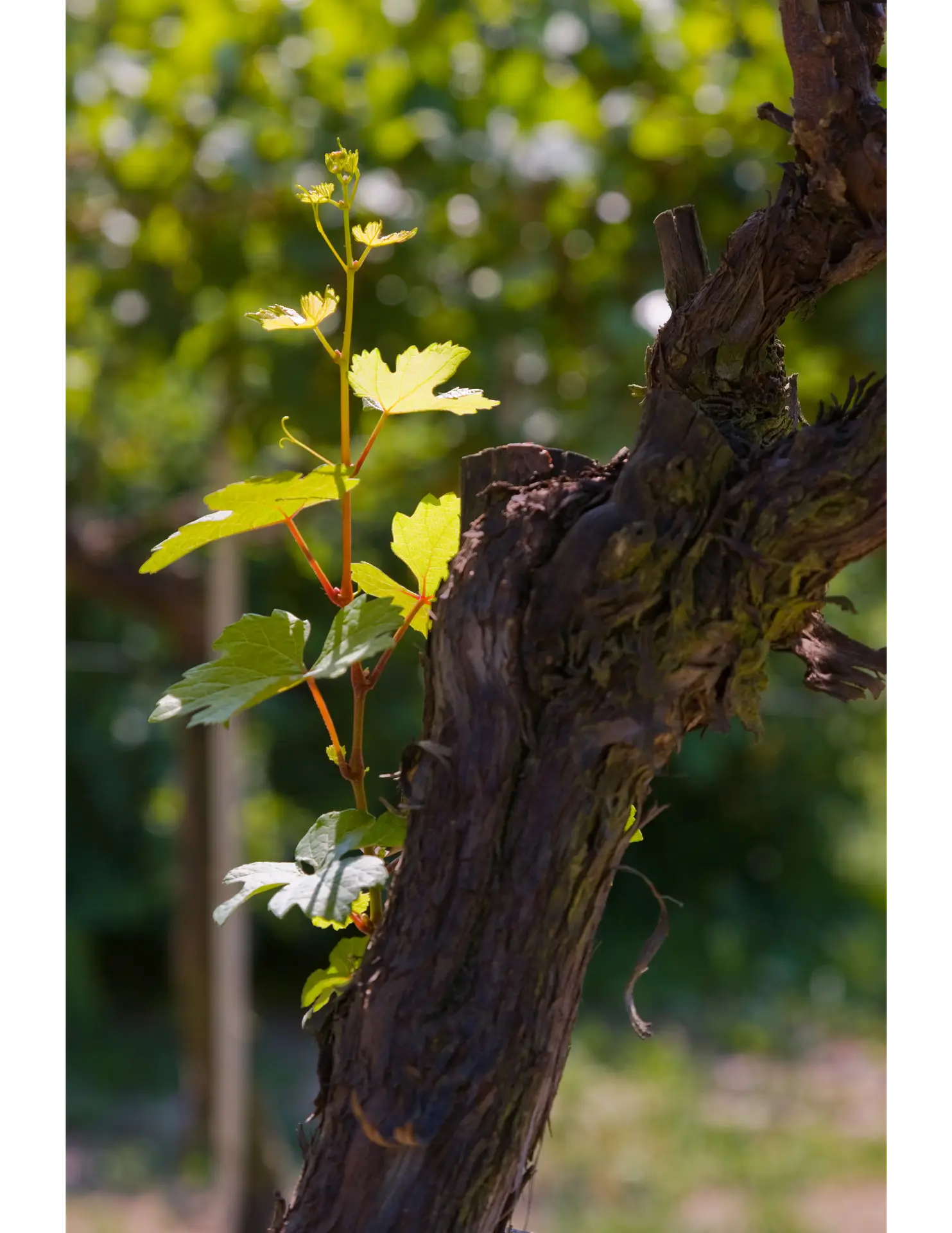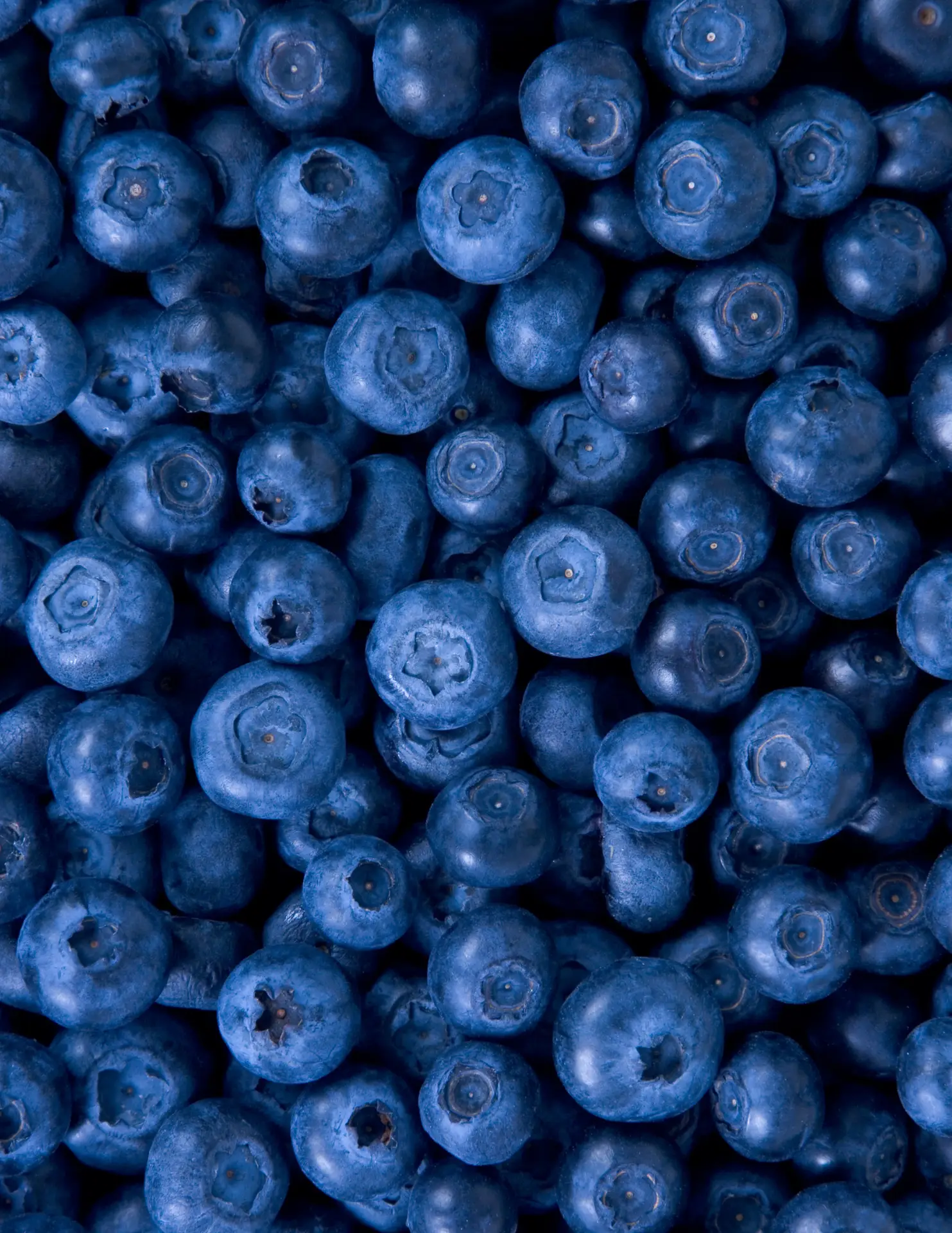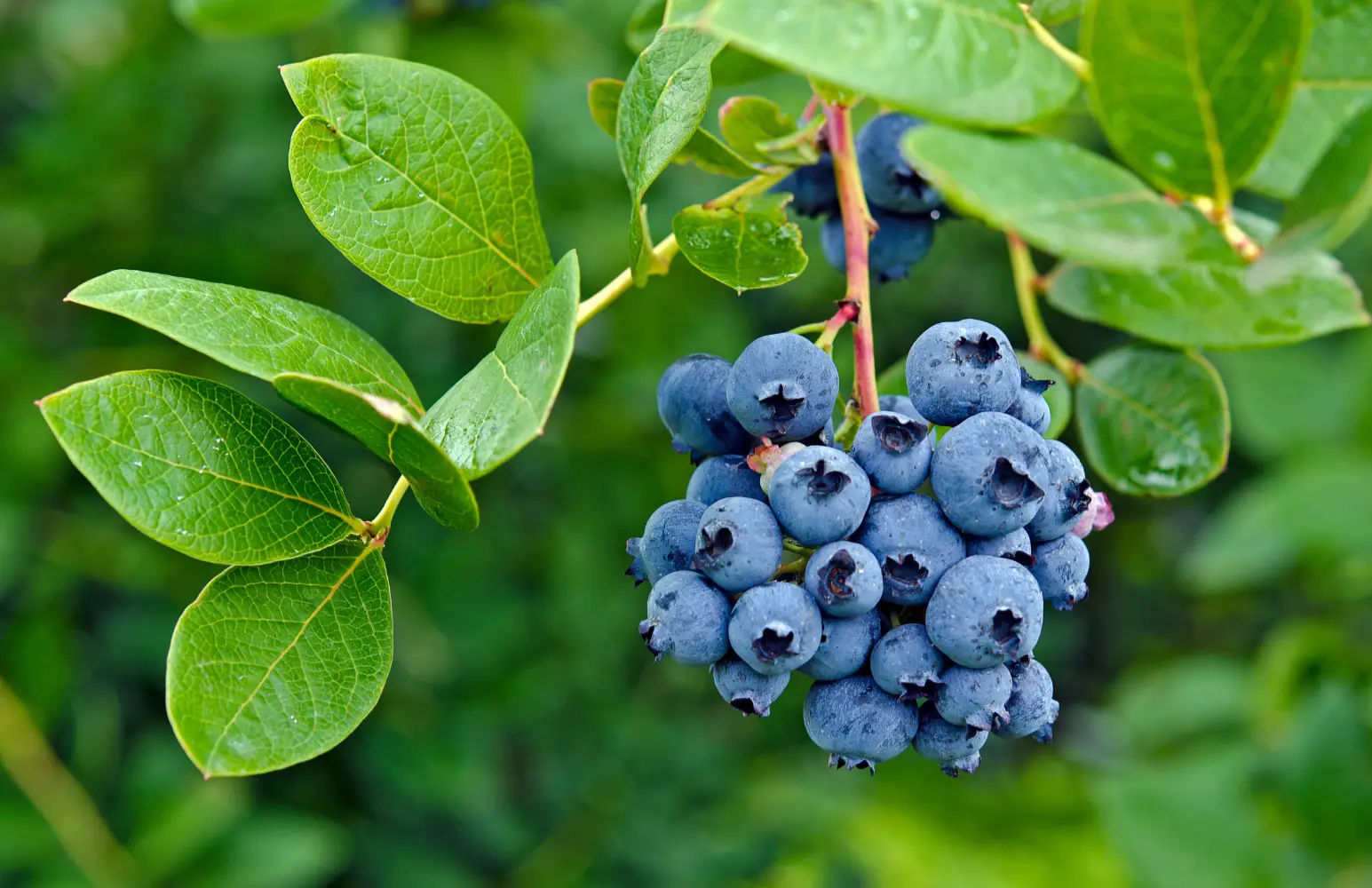 Completed Research Project
Completed Research Project
Grapevine trunk disease (GTD) is a disease complex that consists of the largest group of fungal pathogens causing disease and progressive vine decline. Due to the complex nature of GTD pathogens, understanding the disease as a phenomenon of single species or multiple species infection is always challenging. In addition, the environmental variables play a greater role in the dominance of one species over another. It is important to understand the species that are predominant in a region and their causal role in GTD development so that targeted disease management programs can be developed. In this research project, we study the diversity of GTD pathogens in grapevines of Northern and Southern Oregon; as well as to compare the different disease management practices including vineyard floor management and pruning wound protection.
‘Concord’ vineyards in central Washington are plagued by a leaf chlorosis problem that occurs around bloom. It significantly reduces vine size, vine uniformity, and productivity, and even causes vine death. Chlorotic leaves from WA vineyards have significantly lower active Iron (Fe) compared with green leaves whereas total leaf Fe is the same or even higher; 2) high soil pH induces leaf chlorosis in Concord vines; 3) leaf active Fe content is a better indicator of Concord vine Fe status than total Fe. This project is a continuation of the work. The objectives were to determine the effects of FeEDDHA (a chelated form of Fe) and different rootstocks on reducing leaf chlorosis. A field trial in central WA over 3 years clearly showed that FeEDDHA application significantly decreased the degree of canopy leaf chlorosis; and that Concord vines grafted onto 3309, 5C and 110R had better growth, higher photosynthesis, and less chlorosis than the own-rooted vines at high soil pH (7.6).

The Blueberry scorch virus (BlScV) was first identified in Oregon and Washington in 1987, and later in British Columbia in 2000. It has been found in over 140 blueberry fields in British Columbia. BlScV isolates exhibit a wide range of sequence diversity, with the 'Northwest' strains showing similar diversity to all blueberry scorch virus isolates. Cranberries have been identified as a host of BlScV, with infected bogs found in British Columbia, Washington, and Oregon. In British Columbia, the close proximity of cranberry and blueberry crops allows for efficient transmission of the virus. However, in Oregon and Washington, where cranberries are grown far from major blueberry production areas, transmission by aphids from cranberry to blueberry is limited. Efforts are being made to identify and remove infected bushes and implement control measures to eliminate the virus from affected fields in Oregon and Washington. The diverse strains of blueberry scorch virus make tracking and eradicating the virus challenging. Research efforts are underway to establish a reliable detection method and compare the 'Northwest' strain of the virus with more severe strains found in the northeastern U.S. and British Columbia. This research aimed to investigate the potential for eradicating BlScV from infected fields in Oregon and Washington.
A 3-year study was conducted to investigate the effects of adding humic acids to an organic blueberry fertigation program. The objective is to see if adding organic-approved humic acids to a standard fertilization program in a mature organic blueberry production system will increase yield and affect soil quality and plant nutrients. The study compared the yield, fruit, and leaf nutrient concentration, and soil nutrients of 'Duke' and 'Liberty' blueberry cultivars with and without humic acid application. Over the three years, adding humic acids did not significantly improve yield or alter soil characteristics and plant nutrient levels. The study found no substantial evidence to support the additional cost of adding humic acids to an already healthy and productive organic blueberry system.

Northern highbush blueberry (Vaccinium corymbosum) production east of the Cascade Range is an important contributor to the national supply of organic blueberries. However, native soil conditions are alkaline, have high free calcium content, and low in organic matter. Although growers amend soils to lower pH and provide organic matter, these soil characteristics influence nutrient cycling and availability. Growers need data-driven guidelines on how to optimize nutrient management for their unique growing conditions, but few studies have been conducted in this important region. This project addressed that need with an emphasis on organic nitrogen fertility practices by evaluating the effects of commercially available organic nitrogen fertilizer sources applied at low, medium, and high rates on blueberry yield, fruit quality, and various plant and soil variables. Organic fertilizer nitrogen mineralization dynamics were also characterized via a laboratory incubation study at different temperatures.

 Completed Research Project
Completed Research Project



